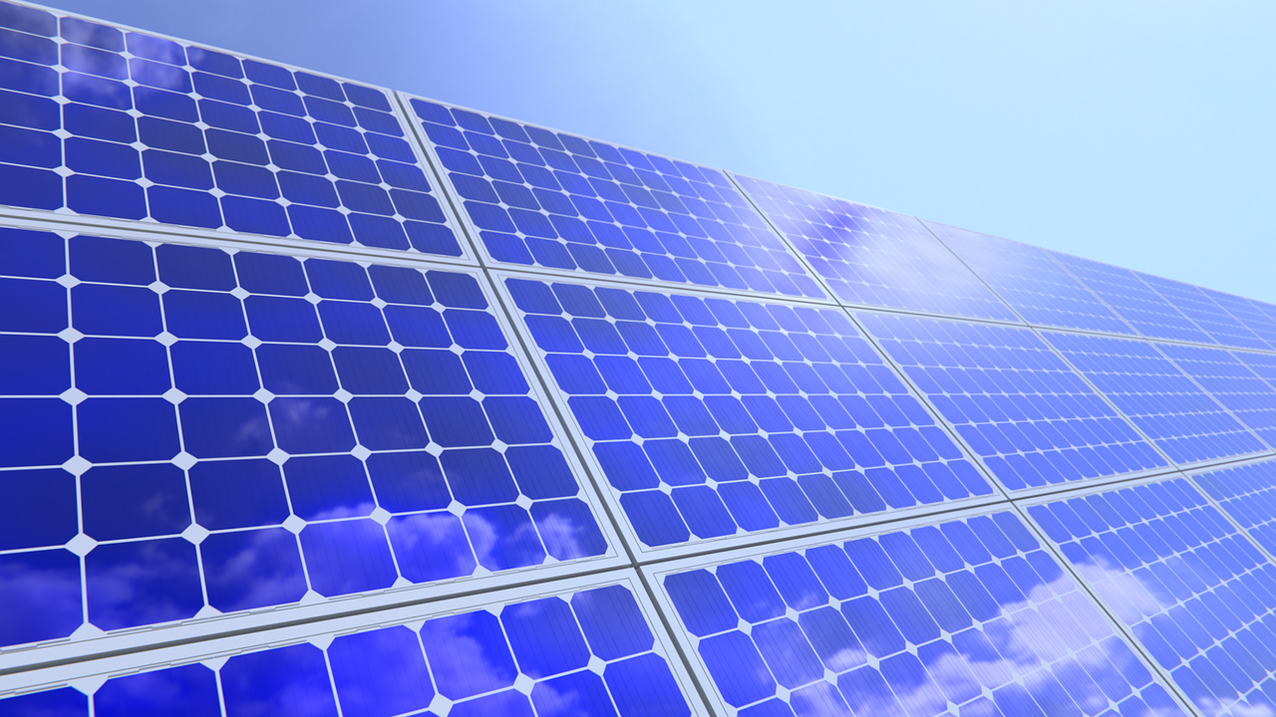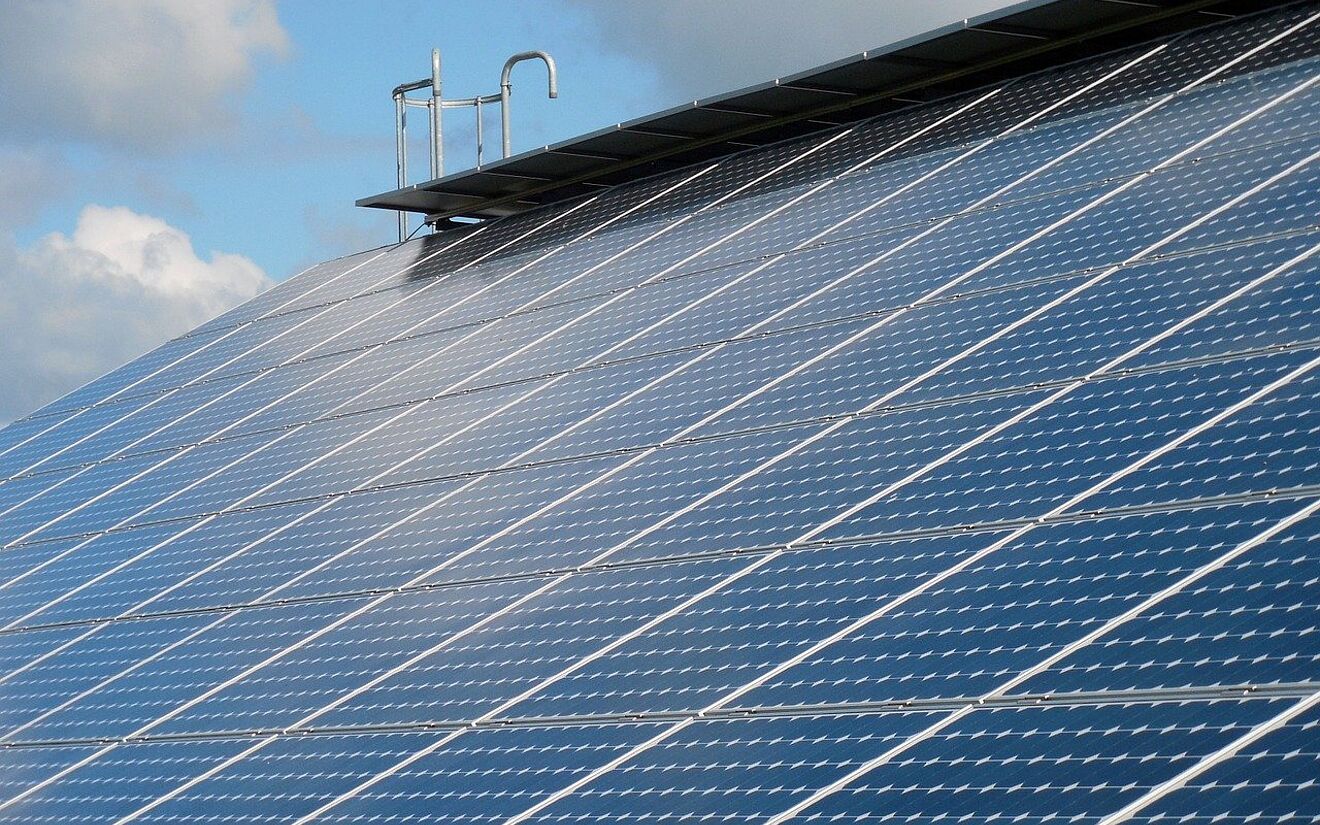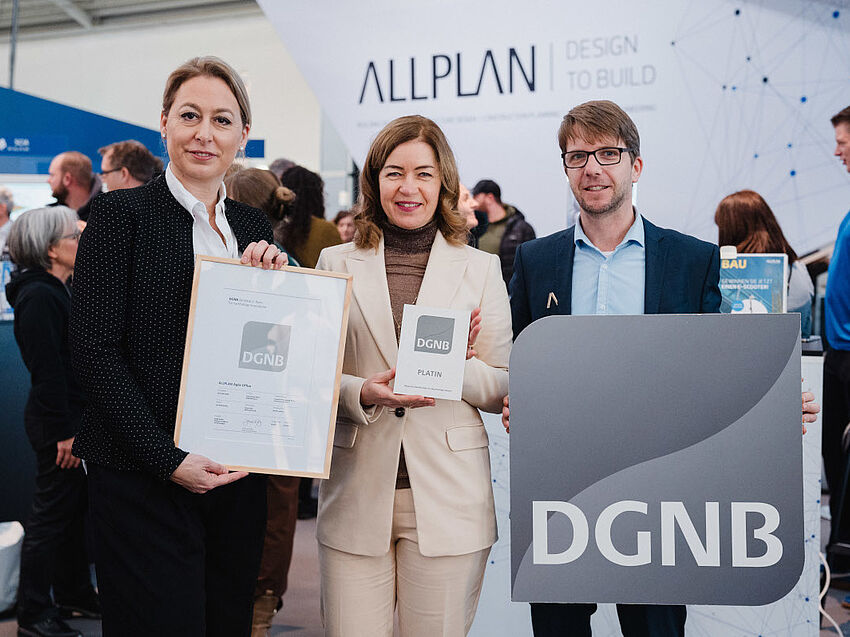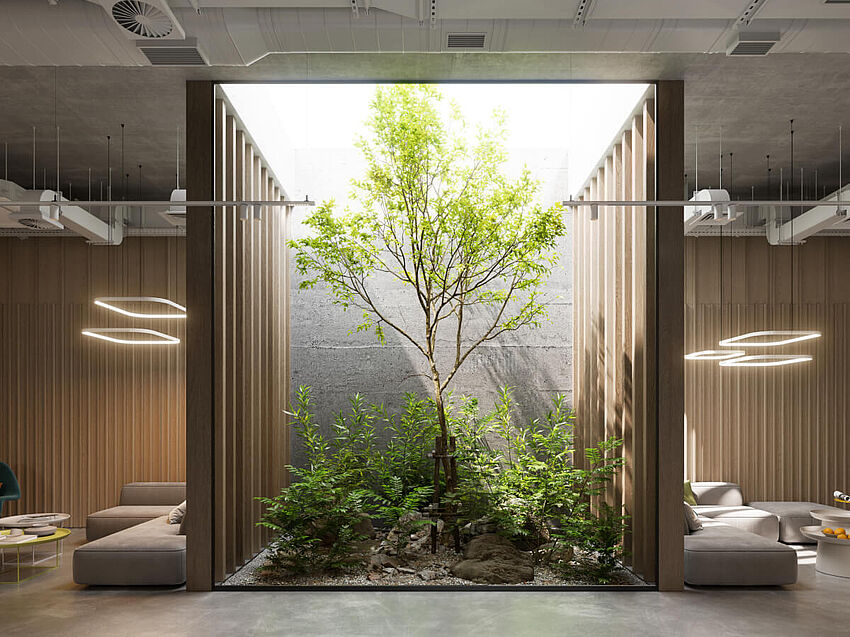Building a Greener Future: How ALLPLAN is Leading the Way in Sustainable Practices
In times of rising energy and heating costs as well as a resource scarcity of fossil fuels, the power of the sun is providing an important and above all low-cost energy source. Solar systems, such as photovoltaic and solar thermal systems, are becoming increasingly popular on German roofs. Read this article to find out what differentiates both technologies, what innovations exist and what the legislation is for funding.
Differences between photovoltaic and solar thermal systems
A photovoltaic system obtains power from sunlight, which contributes to the power supply of a household or is fed into the grid. The respective system operator receives feed-in remuneration that is based on the Renewable Energies Act. Compared to photovoltaics, solar thermal systems use sunlight to store heat in solar collectors, which is fed into the heating system through pipes when needed. The heat obtained is thus used to heat service water or to aid in heating. The key benefits of both technologies are known. They reduce CO2 emissions, are emission-free, odorless and clean. The consumption of fossil fuels, such as heating oil and natural gas, is reduced and energy costs are lowered.
Innovations: Solar tiles from Tesla
There are promising innovations in the field of solar systems. One of them is the solar tile from the electric car manufacturer Tesla. The technology promises photovoltaics that are not only more aesthetically pleasing than existing solar panels, but that even better insulated and more durable. The repertoire of colors is diverse: Selections range from Tuscan red to patterned black. The innovative roofing is visually indistinguishable from a conventional roof. This is due to a special coating that is completely permeable to solar radiation at a frontal angle. It supplies the underlying solar module with energy. Another layer of special glass protects the tile from shocks.
Solar systems for external facades
Innovative building materials, such as carbon concrete, could make it possible in the future to integrate solar technology in facades as well. In addition, the Fraunhofer Center for Silicon Photovoltaic CSP in Halle, Germany is currently working on this as part of the "C3PV" sub-project. Scientists developed three methods for integrating solar modules into house facades as well. In the first solution, recesses were poured into concrete parts in which the appropriate modules are seamlessly inserted. In the second version, solar modules were laminated or adhered onto the concrete slabs. In the third design, scientists used snap fasteners or screws as fastening methods. The area that can be utilized for photovoltaics can also be expanded even further with carbon concrete. Due to the flexibility of the innovative building material, elements can be inclined or tilted or curvatures can be integrated into the facades.

Funding solar thermal and photovoltaic systems
The state funding of photovoltaic systems is based on the Renewable Energies Act (EEG). It was adopted in 2000 in order to accelerate the extraction of electricity from solar and wind energy. And it was successful: Since 2015, electricity from renewable energy sources has accounted for around 32 percent of German power consumption. Previously, every system operator received a feed-in remuneration, which was politically determine by the state. That changed in 2017. The amount of the required compensation is now determined competitive tenders. This is intended to ensure that the diversity of players (a trademark of the German energy revolution) is maintained. Civil energy companies are defined in the law for the first time and can participate in the tenders under simplified conditions. The amount of compensation for wind energy on land and at sea, photovoltaics and biomass is tendered.
Revenues such as the feed-in remuneration for PV systems are not available to operators of solar thermal systems during ongoing operation, but there are also a number of subsidies here, such as from the Federal Office for Economic Affairs and Export Control (BAFA). For a solar thermal system that is used to aid heating, the minimum subsidy is EUR 2,000. From 15 to 40 square meters of collector surface, there are EUR 140 per square meter of collector surface. The solar thermal funding for 2017 for solar thermal systems for hot water treatment provides EUR 500 as a base subsidy. For system sizes between 11 and 40 square meters, there is EUR 50 per square meter of collector surface.
Renewable energies are conquering the construction industry
Technologies such as photovoltaic and solar thermal systems are pioneering for the construction industry. Since the maintenance of buildings require more than 40 percent of the final energy, it is crucial to cover the energy demand with renewable energies. Using solar systems such as photovoltaics and solar thermal systems as well as energy-efficient construction, the energy demand can be lowered considerably and decisively contribute to achieving climate change policy goals.




